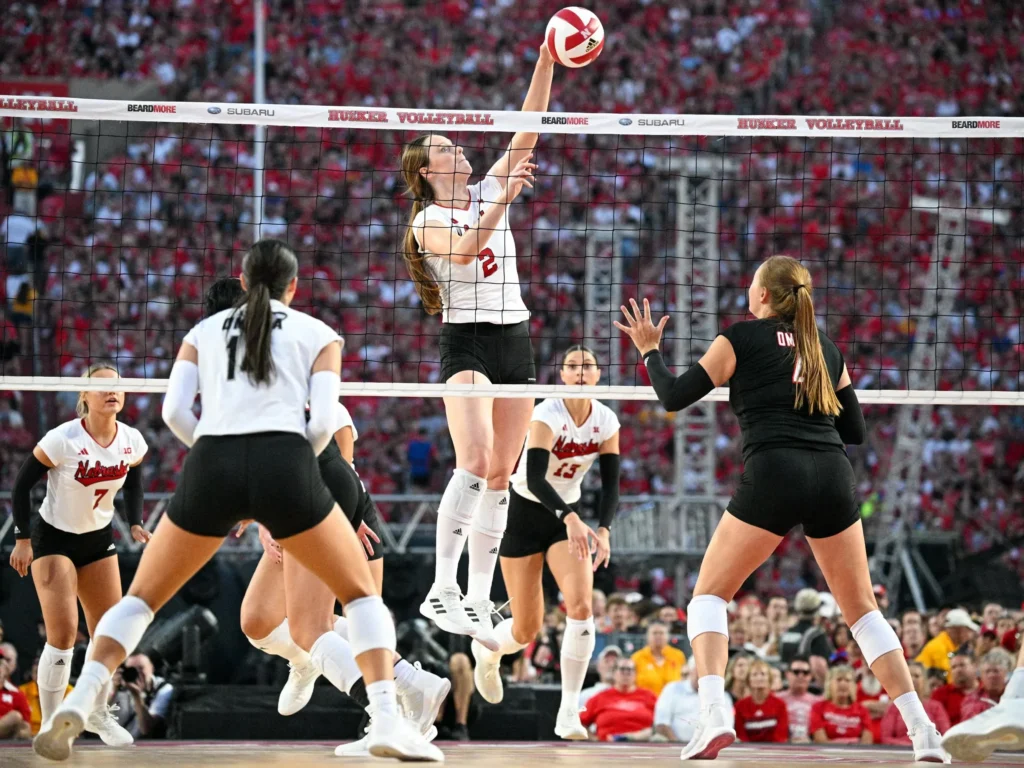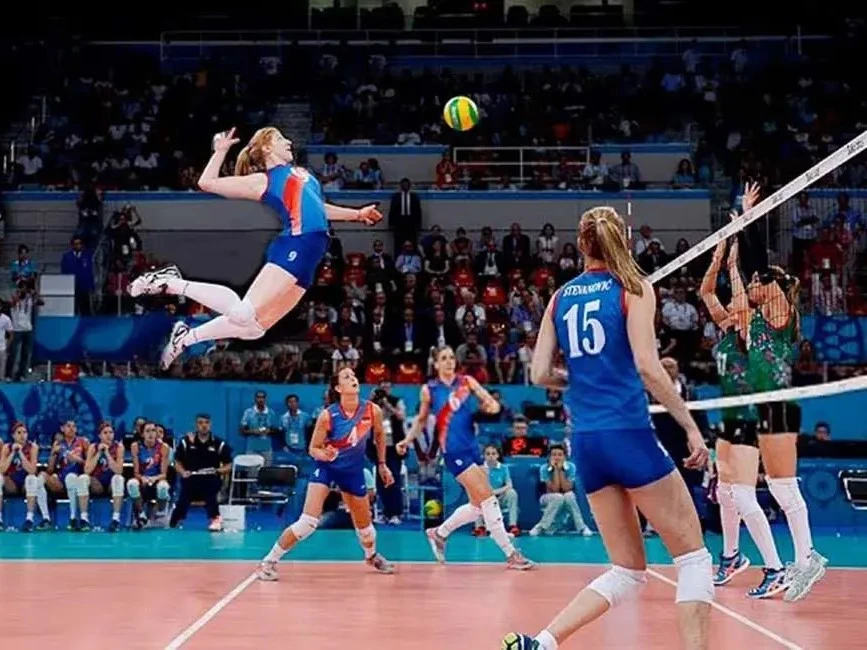Volleyball is one of those sports where the action is fast, the energy is high, and the clock? Well, it’s not your typical countdown timer. If you’ve ever asked yourself, how long is a volleyball game, the answer isn’t as straightforward as checking your watch. Volleyball matches don’t have a fixed time limit they run until one team wins the required number of sets, making every game unique in duration.
Whether you’re a player, a coach, or a fan, understanding game length can help you prepare mentally, physically, and maybe even snack-wise.
Average Duration of a Volleyball Game
So, how long is a volleyball game on average? In most cases:
- High School Volleyball: 60–90 minutes
- College & Professional Indoor Matches: 90–120 minutes
- Beach Volleyball: 40–60 minutes
Of course, this depends on match intensity, the number of sets played, and how evenly matched the teams are. A nail-biter five-set game could push past two hours, while a quick sweep might wrap up in under an hour.
What Determines How Long a Volleyball Game Lasts?
If you’ve watched or played multiple matches, you know the length varies wildly. Factors that affect how long is a volleyball game include:
- Number of Sets Played: Most indoor matches are best-of-five sets, while beach volleyball is best-of-three.
- Rally Length: Long rallies keep the ball in play, adding minutes to each set.
- Timeouts & Technical Breaks: Coaches use these to strategize, which extends match time.
- Level of Play: Professional matches tend to be more competitive, with longer rallies and more sets.
Understanding Sets and Scoring
A big part of answering how long is a volleyball game is knowing how many sets in volleyball and how the scoring works.
- Indoor Volleyball: Best-of-five format. First four sets go to 25 points; a deciding fifth set goes to 15 points. Teams must win by at least two points.
- Beach Volleyball: Best-of-three format. First two sets to 21 points, third set to 15 points, win by two.

Because there’s no clock, matches can vary depending on how close the scores are. A tight set at 28–26 can take much longer than a quick 25–10 win.
The Role of Volleyball Positions in Match Pace
The speed and flow of the game can also depend on volleyball positions.
Here are the six main volleyball positions on court:
- Outside Hitter: Often the main attacker.
- Opposite Hitter: Plays opposite the setter, focuses on both offense and defense.
- Setter – The playmaker who sets up attacks.
- Middle Blocker: Key for quick attacks and blocking.
- Libero: Defensive specialist in a contrasting jersey.
- Defensive Specialist: Supports back-row defense.
Different positions in volleyball can influence the pace. For example, a skilled setter can speed up attacks, while strong defensive players can extend rallies lengthening the match. This is true across men’s teams and volleyball girls squads alike.
Famous Volleyball Players and Memorable Long Matches
Some of the most famous and longest matches in volleyball history have featured legendary players:
- Karch Kiraly (USA): Known for epic indoor and beach careers.
- Gabrielle Reece (USA): One of the most recognizable volleyball girls in history.
- Zhu Ting (China): Dominant force in international competitions.
One standout match? The 2012 London Olympics women’s semi-final between Japan and China, which stretched over two hours and was filled with incredible rallies. These games show that sometimes how long is a volleyball game can surprise even the pros.
Read our recent blog “Top Volleyball Drills for Beginners to Learn Fast”.

Beach vs. Indoor Volleyball: Which Takes Longer?
Indoor volleyball generally takes longer because:
- More sets are required to win (best-of-five vs. best-of-three).
- Rallies often last longer due to court size and team strategies.
Beach volleyball tends to be faster, but outdoor conditions like wind or heat can slow down play.
Tips for Players and Fans to Prepare for Game Time
If you’re heading to a match and wondering how long is a volleyball game, here’s how to prepare:
- Players: Hydrate well, bring snacks, and pace your energy for potential five-set battles.
- Fans: Expect at least 90 minutes, bring your voice for cheering, and settle in for the highs and lows of every rally.
Quick Comparison Table: Volleyball Game Times by Level
| Level of Play | Format | Average Duration |
| High School | Best of 5 sets | 60–90 minutes |
| College | Best of 5 sets | 90–120 minutes |
| Professional (Indoor) | Best of 5 sets | 90–150 minutes |
| Beach Volleyball | Best of 3 sets | 40–60 minutes |
Conclusion
So, how long is a volleyball game? The truth is, it depends on the format, level, and competitiveness of the match. From quick high school sweeps to marathon Olympic showdowns, volleyball offers a unique mix of speed and endurance.
For some, how long is a volleyball game is simply “until we win.” For others, it’s “as long as the rallies keep going.” Either way, how long is a volleyball game is less about the minutes and more about the moments that make it unforgettable.
Best of five sets, just like most professional indoor matches.
Yes, each team gets two timeouts per set, and technical timeouts are added in some tournaments.
The outside hitter and middle blocker often require the most explosive jumping and stamina.


